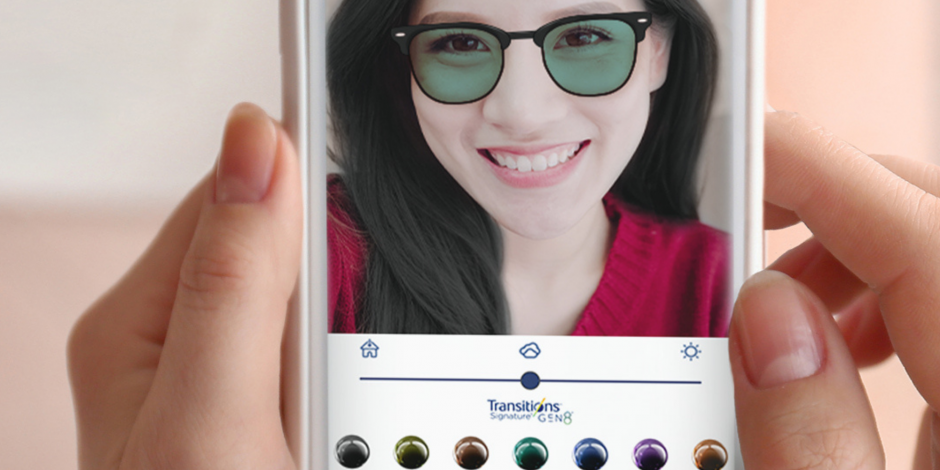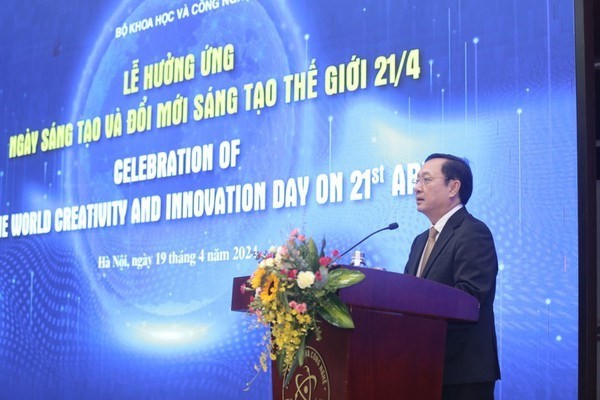How Transitions looked through a VR lens to find a new customer journey
Optical brand Transitions’ route to market, which relied on opticians, was totally disrupted by pandemic lockdowns. But a VR tool has helped it discover an entirely new way of reaching consumers.

A VR tool developed by Transitions has provided a new route to market for the optical brand
Traditionally, lens brand Transitions sold its products through brick-and-mortar opticians. But a recent embrace of VR has allowed the brand to rewrite its customer touchpoints and take a more creative B2C marketing route.
The brand’s transition during 2020 could easily be a copy and paste story of digital transformation. Amid pandemic lockdowns, the brand needed a digital experience to replace its in-person retail routes. But while the pandemic prompted it to acclerate its investment into VR, embracing the tech has allowed the brand to create an entirely new consumer-facing experience that creates awareness before they speak to an optician.
Aishwarya Narayanan, senior marketing manager at Essilor Group, says the pandemic emphasized not just its own need for digital transformation but demand for the brand’s products, as consumers spent more times in front of screens.
“Transitions became a needed product in the eyes of consumers because of an increase in blue-light exposure. People looked at glasses in a new way, and lenses stopped being discretionary and were needed, which is a complete shift in a new consumer journey. This meant launching the tool to try before you but was essential to shorten the journey and make sure people spent less time in-store understanding how they work. By spending more time researching, they could go into the optician and request our product.”
The brand had never engaged with consumers prior to their contact with opticians. But a new tool created by Essilor Group-owned Transitions now allows prospective buyers to virtually try on its lenses and explore different styles of frames. The tool has enabled the brand to play in a more fashionable space, and emphasize its range of colour options as a marketing message.
According to Narayanan, it helped answer a long-term brand problem. Young consumers considered Transitions a brand for older people.
“It gave us a refreshing look as it made us younger and cooler, a brand to watch out for,“ she says. “Previously, the connotation was that it was for older people. So in the campaign, we ran alongside it, we played up the benefits as well as new colours, from which the inspiration comes from fashion. It gave a new perspective to advertise aroun.”
New ‘Signature Gen 8 Style’ colours were released in July, alongside a new brand campaign. In November, Transitions brought the campaign into its second phase, with a heavy component based around influencers and social media. The activity ran across Instagram and TikTok in Singapore, Malaysia, Thailand and Australia.
According to the brand, this activity drove a 44% increase in interactions on social media, while the combination of the virtual try-on tool and the social media campaign drove conversions up by 49% in the last two months of 2020.
As well as driving against ROI metrics, Transitions says that carrying out its first foray into social media and influencer activity allowed it to learn further insights about its product and the journey consumers take to purchase.
The brand found that it could influence people to consider lenses at a much earlier stage in the journey because people can virtually try and see how different colours suit them. Playing to messaging, such matching frame colours to skin tones, was a surprise hit for the brand during the campaign.
“Normally you trust the lens with an eye care professional,” says Narayanan. “Now we are adding in the lens as a key choice before you purchase, before you decide which frame. It alters the prioritization of choice for consumers.”
The final insight from the campaign, which will be a focus for the brand as it evolves the virtual try-on tool for this coming year, is how all this can actually inform its traditional, optician-based route to market. The virtual try-on tool could become something opticians use via an iPad in-store and the brand is also looking at the idea of creating virtual try-on stations in-store, too.
Narayanan says this is a reflection that the lines between B2C and B2B are blurring, creating a new hybrid customer journey for Transitions.
“This is where the world is at, there is a blurring of lines between B2B and B2C and we need a set of solutions that works for both and this is what virtual try-on has established. We started with consumers in mind but realized opticians can use this to sell and it works both ways and more, as we move more online and D2C,” she explains.
The launch of virtual try-on is already driving ROI against some metrics but it is clear, as Transitions plans experiments further experiments with its new hybrid customer journey, that there are more insights and value still to be drawn.



 Print the article
Print the article